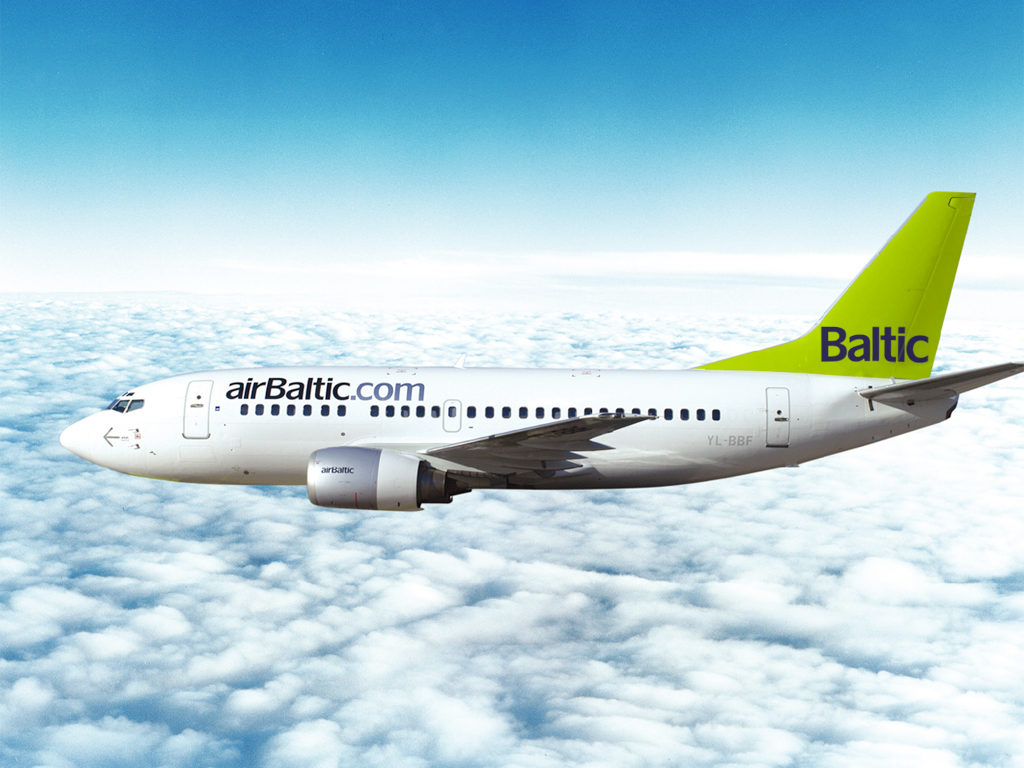Introduction
In recent years, the world of high-yield corporate bonds has attracted the attention of investors seeking attractive returns. In this context, bond XS2800678224 stands out, a bond issued by Air Baltic Corporation A.S. with a fixed coupon and maturity in 2029.
In this article we will examine in detail:
- the main features of the bond,
- the context of the issuer, Air Baltic,
- the pros and cons of the security,
- risk and return scenarios,
- conclusions and suggestions for interested investors.
Issuer context: Air Baltic
To better understand the risk/opportunity linked to this bond, it is essential to analyze the issuer:
- Air Baltic Corporation A.S. is the national airline of Latvia, operating in the Baltic countries with international routes.
- In 2024, it issued bonds to finance its operations and probably to structure guarantees (“secured bonds”) on certain assets.
- The issue documents show that the bond is secured by pledges on certain assets / guarantee agreements (Asset Pledge Agreement, Mortgage Agreement).
- Being an airline, the business is sensitive to several risk factors: fuel costs, global economic trends, regulations, competition, external shocks (pandemics, crises, restrictions).
- The issuer’s rating tends to be volatile in these cases, and market perception can vary significantly.
Advantages and strengths
Why might an investor consider this bond?
- High yield / generous coupon: A 14.5% rate is very high by euro corporate bond standards. Even with high risk, it can attract those seeking yield.
- Secured status and partial protection: Since the bond is “secured,” there are assets or collateral guarantees that can act as a parachute in case of default, mitigating the risk compared to “unsecured” bonds.
- Relatively short horizon: Maturity in 2029 (~4 years remaining from 2025), not too long compared to long-term corporate bonds.
- Portfolio diversification: Including high-yield instruments, especially when structured and collateralized, can be a useful complement in balanced portfolios.
Risks and critical aspects
There is no return without risk: here are the critical issues to carefully consider:
- Default / insolvency risk: If Air Baltic fails to pay coupons or repay principal, investors may suffer losses. Some online markets discuss possible default scenarios for this bond.
- Sector / industry risk: Airlines are subject to unpredictable variables: fuel costs, passenger traffic volatility, economic crises, regulatory restrictions, wars, pandemics.
- Call risk from issuer: Since the bond is callable, the issuer could redeem it early—if it finds more favorable conditions or has liquidity—penalizing the investor expecting longer returns. The “Make Whole” option may partially mitigate this impact, but not eliminate it.
- Interest rate / market spread risk: High-yield bonds are very sensitive to changes in interest rates and credit spreads. If market rates rise, the bond price may suffer.
- Liquidity: Such bonds don’t always have high trading volumes, so entering/exiting the security may affect the price.
- Currency / foreign risk (if different currencies are involved, although here it’s denominated in euros): For non-eurozone investors, exchange rate risk could be relevant.
Return and price scenarios
Let’s consider some scenarios:
- If you buy today at the current price and hold until maturity in 2029, with all regular coupon payments, the expected yield is ~15.35% annually.
- If the market perceives increased issuer risk, the required spread will rise, and the bond’s price may fall (negative mark-to-market).
- If the issuer calls the bond early, the effective return may be lower than expected, depending on call conditions.
How to assess whether to buy (investor checklist)
- What is the perceived default risk (rating, industry analysis, issuer’s financial obligations)?
- How “secured” is the bond: which assets or guarantees are really involved (read the prospectus carefully)?
- Call terms / special clauses: understand how much flexibility the issuer has to redeem early.
- Bond liquidity: trading volume, ease of buying/selling.
- Transaction costs / spreads / taxes: consider purchase/sale fees and taxation on returns.
- Personal time horizon and expectations: can you hold to maturity and tolerate fluctuations?
Conclusion
Bond XS2800678224 (Air Baltic 14.5% 2029 Reg S, secured) is a high-risk/high-return security that may interest investors with a tolerance for risk and a desire to diversify with non-traditional instruments.
However, it is not a choice for those seeking absolute stability: price swings, sensitivity to the macroeconomic context, and airline sector risk are factors to weigh carefully. If you decide to include it in your portfolio, do so as a “speculative/alternative portion,” not as a core holding.
Before any decision, consult the official issue prospectus, consider your risk profile, evaluate the tax impact, and, if possible, seek advice from a qualified financial advisor.



